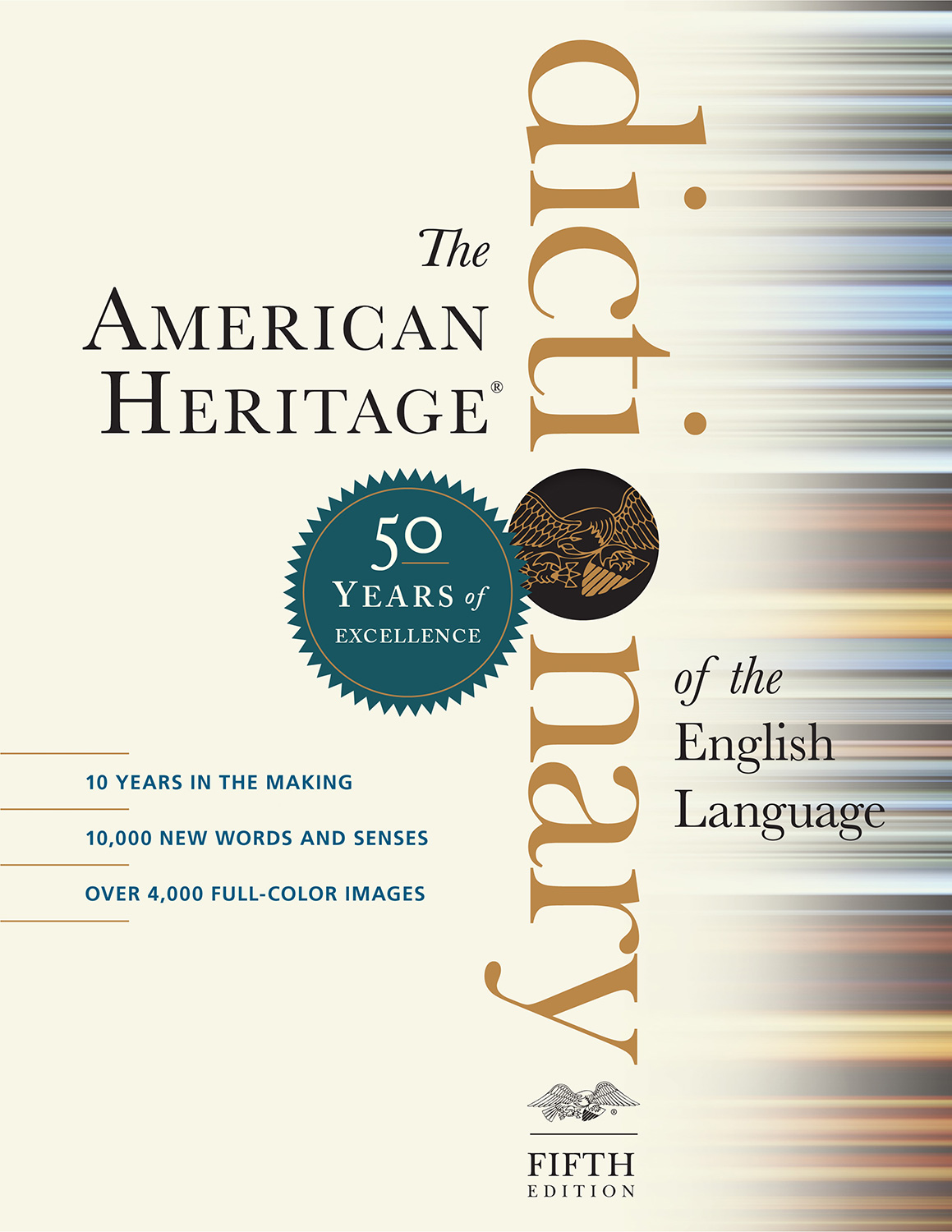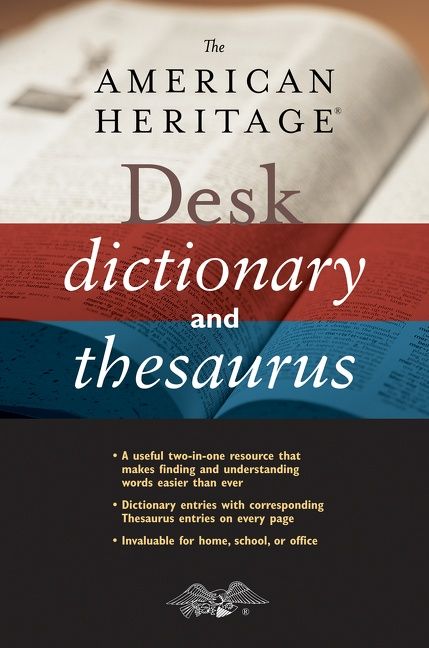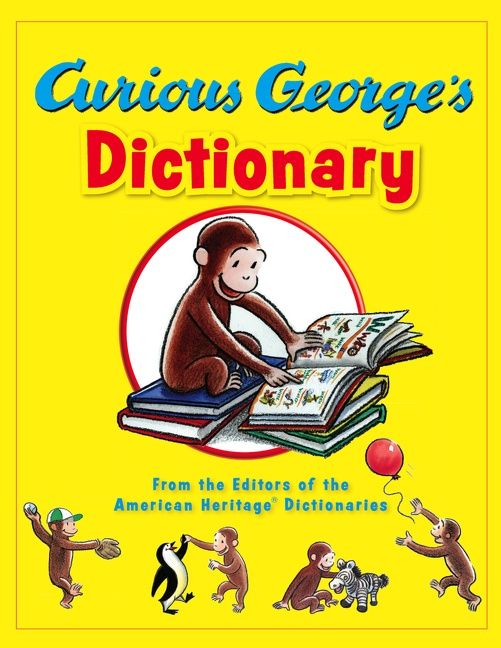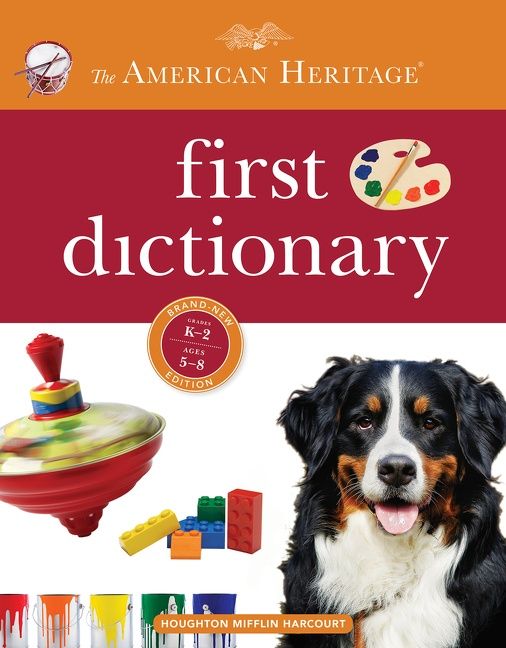The American Heritage® Dictionary of the English Language, Fifth Edition copyright ©2022 by HarperCollins Publishers. All rights reserved.
The American Heritage® Dictionary of the English Language, Fifth Edition copyright ©2022 by HarperCollins Publishers. All rights reserved.
English naturalist and theologian who cataloged many plants and animals, wrote works on natural theology, and established "species" as the basic classification of living things. |
The American Heritage® Dictionary of the English Language, Fifth Edition copyright ©2022 by HarperCollins Publishers. All rights reserved.
Indian filmmaker whose works, especially the trilogy including The World of Apu (1959), offer a contemplative depiction of Bengali life.  (click for a larger image) Satyajit Ray |
The American Heritage® Dictionary of the English Language, Fifth Edition copyright ©2022 by HarperCollins Publishers. All rights reserved.








